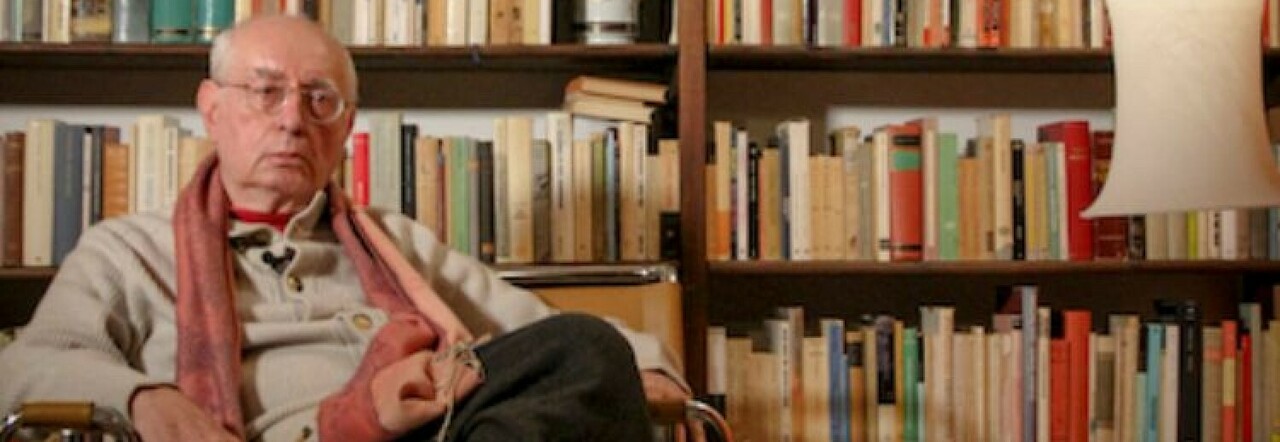On Wednesday, February 21st at 4:00 pm in the main hall of the academy, the volume 'Ten Ancient Fables' by Manlio Santanelli, published by Kairós, accompanied by the drawings of the students of the illustration course of the Academy of Fine Arts in Naples will be presented.
The following will take part in the event: Rosita Marchese and Giuseppe Gaeta, president and director of the Academy of Fine Arts in Naples, Yvonne Carbonaro writer, Giovanni Musella Kairós publisher, Matteo Palumbo professor at the Federico II university, Daniela Pergreffi professor at the Academy of Fine Arts in Naples, moderated by the author himself. Readings by Federica Aiello and Maurizio Murano will follow.
These ten ancient fables are modeled, in language and narrative situations, on the author of 'Lo cunto de li cunti', starting from the subtitle 'in the manner of G. B. Basile', which declares an explicit lineage. The choice of an internationally renowned writer and playwright like Manlio Santanelli to have wanted to entrust the illustrations of his book to students of the Academy of Fine Arts in Naples represents a passionate bet on the future. The protagonists of the drawings of the young illustrators are the novellas, written in the wake of the baroque fantasy of a great master of storytelling like Giambattista Basile, but lived with modern sensitivity and with that mix of stinging irony and salty sarcasm typical of Santanelli's work. A modernity also required by the author to the young illustrators Marta Fogliano, Enza Galiano, Matteo Mercolino and Francesca Stella, all between 20 and 25 years old, still attending the course of communication design and the two-year specialist in publishing, illustration and comics. Carriers of very different languages between them, these artists at their first editorial experiences are united by a vision already mature, original and capable of translating into images the suggestions of Neapolitanity, even if updated in a contemporaneity that never indulges in redundancies of baroque flavor.
'Adopting the verbal theater and hyperbolic imaginations of Basile - writes Palumbo in the preface of the book - means adopting a literary idea of extraordinary vigor. The situations find the correlate in the artifice of the language, which is an expressionist and funambolic Neapolitan. The words set up a festive verbal theater, which transforms the word into enchantment and makes style the figure of representation. This amazing inventiveness operates in the power of epithets, which are exalted through the sonority of individual phonemes'.
In these stories where life enters, Santanelli thus offers a fabulous sample of his possibilities. When the gaze reaches the last page, it can deliver to memory the richness of the strange and wonderful world that it has crossed.

